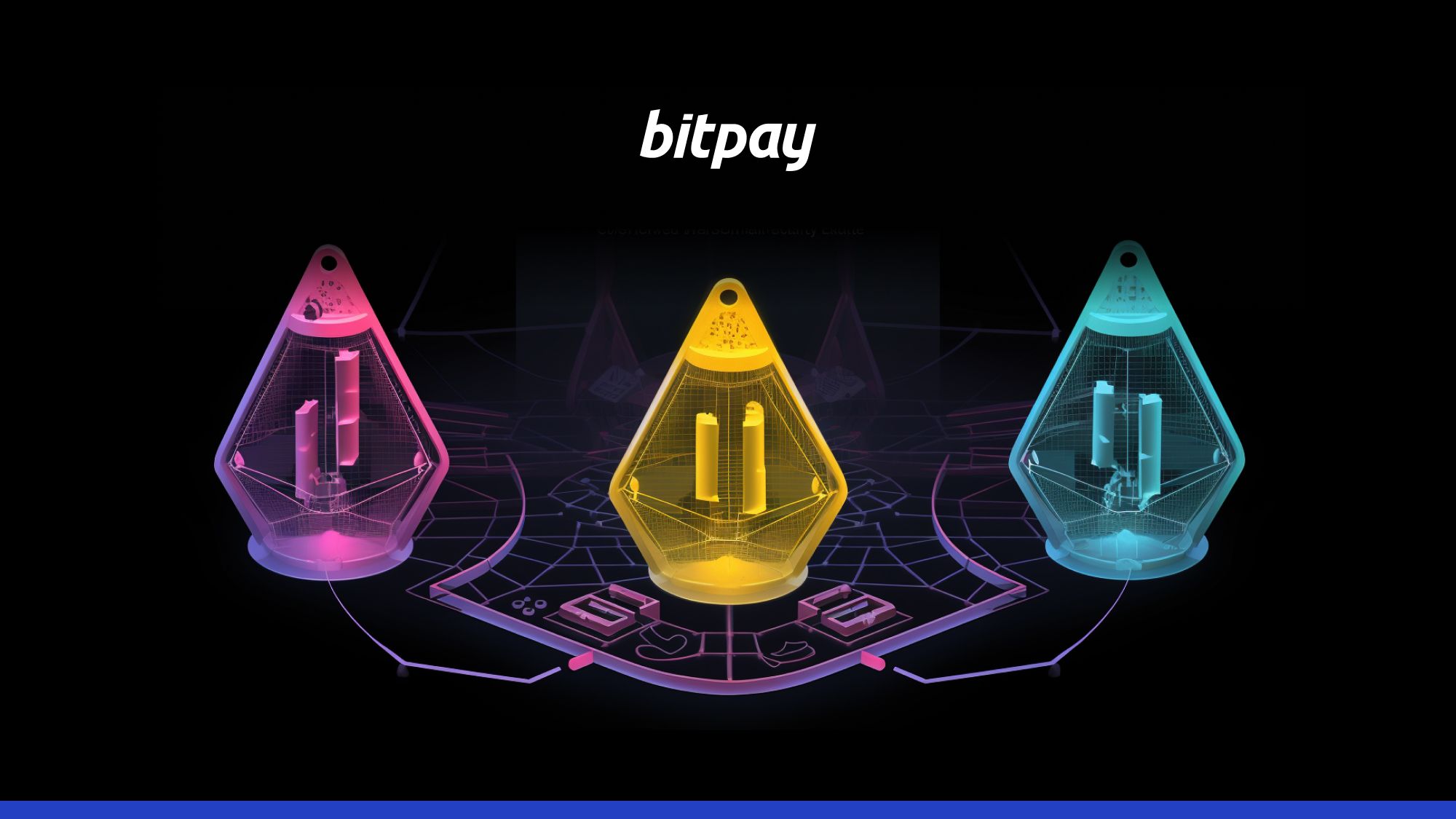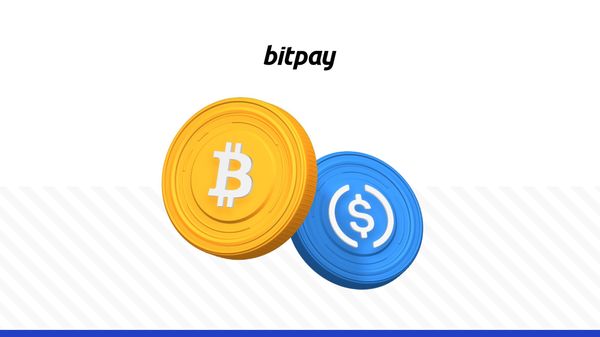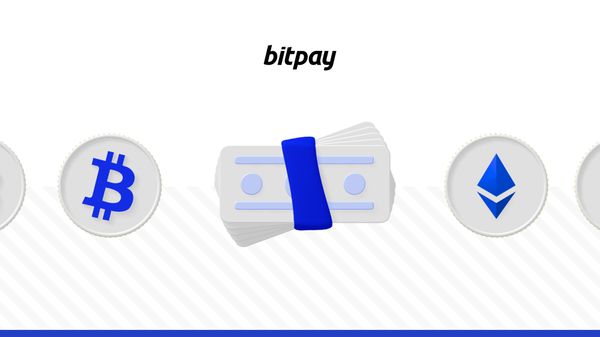Blockchains must maintain the elements of decentralization, security, and scalability.
Improving one of these areas often results in sacrificing another.
Creating this balance has been a challenge for developers for as long as blockchain technology has existed, and is often referred to as the blockchain trilemma.
Blockchains can allow for secure, permissionless, decentralized storage of information and facilitation of transactions. But these distributed databases tend to face limitations in at least one of three vital areas: security, scalability, or decentralization.
The challenges presented by attempting to balance these aspects of blockchain technology have come to be known as the “blockchain trilemma.”
Here is the blockchain trilemma explained.
What is the blockchain trilemma?
The blockchain trilemma, a term whose coinage has been credited to Ethereum co-founder Vitalik Buterin, describes the difficulties that developers face when creating a blockchain architecture that is secure and scalable while remaining decentralized.
Look at the Bitcoin blockchain, for example. Bitcoin’s network is the most secure in the world, with a hash rate over 460 Exahash per second. No known computer in the world could crack Bitcoin’s proof-of-work encryption. And with thousands of independent node operators all over the world, the network remains decentralized and therefore harder to attack.
But when it comes to transactions, the base layer of Bitcoin is hardly scalable. The network can only handle about 7 transactions per second (TPS).
Any method of increasing the TPS rate would lead to decreases in either security or decentralization, or both.
To one extent or another, all blockchains face a similar scenario: they excel in some areas while falling short in others.
Understanding the three pillars of blockchain
To understand the blockchain trilemma, we must first become familiar with the fundamental pillars of blockchain technology, which include 1) security, 2) scalability, and 3) decentralization.
Security
Security is of the utmost importance when it comes to blockchain. If an attacker can manipulate the ledger, it will no longer have integrity and will be considered untrustworthy and worthless.
Decentralization makes blockchains secure by making them harder to attack. To take down a network would involve taking down all of its nodes, or at least controlling a majority of them. Yet at the same time, achieving security can be a challenge for a system that has no central point of control, as protection cannot be placed in the hands of a single person or entity.
One of the most common ways to attack a blockchain network is through what’s known as a 51% attack. If someone can take control of the majority of a network’s nodes, they can alter the ledger. This could allow for double spending of transactions, erasing previous transactions, or other manipulations of data to suit the attacker’s needs. Ethereum Classic (ETC), the original Ethereum chain, has suffered multiple 51% attacks, for example.
As important as security is, it remains entangled with the other two aspects of the trilemma of blockchain: scalability and decentralization. Enhancing security oftentimes leads to a reduction of these other components of a blockchain.
Scalability
Scalability refers to a blockchain’s ability to handle a high volume of transactions at scale without impacting speed, efficiency, or fees. Given that most blockchains have ambitions of being adopted on a global scale, their tech must be able to deal with very large numbers of users sending lots of transactions. But being scalable while maintaining the other two pillars of decentralization and security can be difficult to achieve.
Consider the hardware needed for blockchain node operators. High-end hardware boosts the network's performance, enhancing scalability. However, by setting such steep hardware standards, we limit who can join the network. Fewer participants can mean a more centralized system. Essentially, by chasing scalability, we might compromise on decentralization.
Just as increasing a blockchain’s security can reduce its scalability, increasing scalability can reduce security and decentralization.
Decentralization
Being decentralized is what makes a blockchain different than other methods of storing data or facilitating transactions. Rather than all data being stored on a single server and controlled by its owners, blockchains constitute a form of distributed ledger technology (DLT). Distributed ledgers house data in multiple servers across different geographical locations. What sets blockchains apart from other forms of DLT is that the servers, or nodes, are often run by independent individuals, and data gets continuously stored in blocks that form a time-stamped chain.
Decentralization can make a network more secure by eliminating any single attack vector or point of failure. However, this brings with it new challenges, such as achieving consensus on the record of data, which can become more difficult as the number of participants increases, resulting in scalability issues. And when it’s easy for malicious actors to join the network and impact its operations, decentralization can turn into a weakness rather than a strength.
Scalability
Scalability refers to a blockchain’s ability to handle a high volume of transactions at scale without impacting speed, efficiency, or fees. Given that most blockchains have ambitions of being adopted on a global scale, their tech must be able to deal with very large numbers of users sending lots of transactions. But being scalable while maintaining the other two pillars of decentralization and security can be difficult to achieve.
Consider the hardware needed for blockchain node operators. High-end hardware boosts the network's performance, enhancing scalability. However, by setting such steep hardware standards, we limit who can join the network. Fewer participants can mean a more centralized system. Essentially, by chasing scalability, we might compromise on decentralization.
Just as increasing a blockchain’s security can reduce its scalability, increasing scalability can reduce security and decentralization.
Decentralization
Being decentralized is what makes a blockchain different than other methods of storing data or facilitating transactions. Rather than all data being stored on a single server and controlled by its owners, blockchains constitute a form of distributed ledger technology (DLT). Distributed ledgers house data in multiple servers across different geographical locations. What sets blockchains apart from other forms of DLT is that the servers, or nodes, are often run by independent individuals, and data gets continuously stored in blocks that form a time-stamped chain.
Decentralization can make a network more secure by eliminating any single attack vector or point of failure. However, this brings with it new challenges, such as achieving consensus on the record of data, which can become more difficult as the number of participants increases, resulting in scalability issues. And when it’s easy for malicious actors to join the network and impact its operations, decentralization can turn into a weakness rather than a strength.
Current solutions and innovations
There have been many proposed solutions for dealing with the crypto trilemma posed by balancing security, scalability, and decentralization. Most of these attempt to fix the problem by implementing changes at either the layer-1 level (aka base layer) or by utilizing tools on top of the base layer, known as layer-2.
Layer-1 solutions
Consensus protocol improvements: The most all-encompassing approach to solving the blockchain trilemma is to simply change the consensus mechanism that a network relies on. This can be done by shifting from a proof-of-work (PoW) consensus model to a proof-of-stake (PoS) model, for example. Instead of relying on miner nodes to work out energy-intensive computations to secure a network, PoS networks require validator nodes to lock up or “stake” tokens for a set period of time. Ethereum went through this process in late 2022, known as The Merge.
Sharding, also known as horizontal partitioning, is a method of database management that involves breaking up data into pieces, or shards, and storing them in different locations. By splitting up pieces of a blockchain’s data amongst different nodes, more space can be freed up for parallel processing of transactions. Typically, each full node in a blockchain must store the dataset of the entire chain, from its first block of transactions to its most recent. But with sharding, this doesn’t have to be the case.
Breaking up the blockchain’s data into smaller pieces results in each node being able to process more transactions, which means greater scalability.
Layer-2 solutions
Many of the most popular proposals for solving the blockchain trilemma do not occur on the base layer of blockchains, but rather on layer-2 solutions. Working on the second layer can provide a way to increase scalability while preserving the decentralization and security of the main chain, which remains unaltered.
- Nested blockchains use a structure that involves a main chain with several secondary chains. This allows for chains to operate in tandem with each other. The main chain focuses on assigning tasks and controlling parameters, while the secondary chains can process transactions. OMG Plasma is an example of a layer-2 that uses a nested blockchain on top of Ethereum’s layer-1 for greater scalability.
- State channels provide a way for participants to transact directly off-chain, with the base layer serving as final arbiter of transactions. Users open an off-chain channel through the use of a multi-signature transaction on the blockchain. Channels can then be closed, with settlement happening directly on-chain. Bitcoin’s Lightning Network is an example of a state channel layer-2.
- Sidechains work as independent blockchains that run in parallel to the base layer. They use their own consensus methods, which can allow for greater scalability, as mentioned earlier. One drawback is that a sidechain does not benefit from the security of its base layer, creating potential vulnerabilities. Polygon, Polkadot, Cosmos, and Avalanche are some examples of popular projects that make use of sidechains.
Implications for the future
As the crypto landscape evolves, the adoption of blockchain based-payments and technology will continue to break through the mainstream.
Ethereum layer-2's already see about six times as many transactions as the Ethereum base layer. Moreover, since BitPay has added support for Lightning Network transactions, we've seen monthly Lightning transactions nearly triple in less than 10 months, showcasing the potential of off-chain solutions.
The crypto community remains unwavering in its pursuit to address the trilemma, striving for a harmonious blend of decentralization, scalability, and security. Especially in the realm of cryptocurrency payments, the future looks promising. With collective effort and ingenuity, we're on the brink of reshaping the financial paradigm. Stay tuned, for the best is yet to come.


